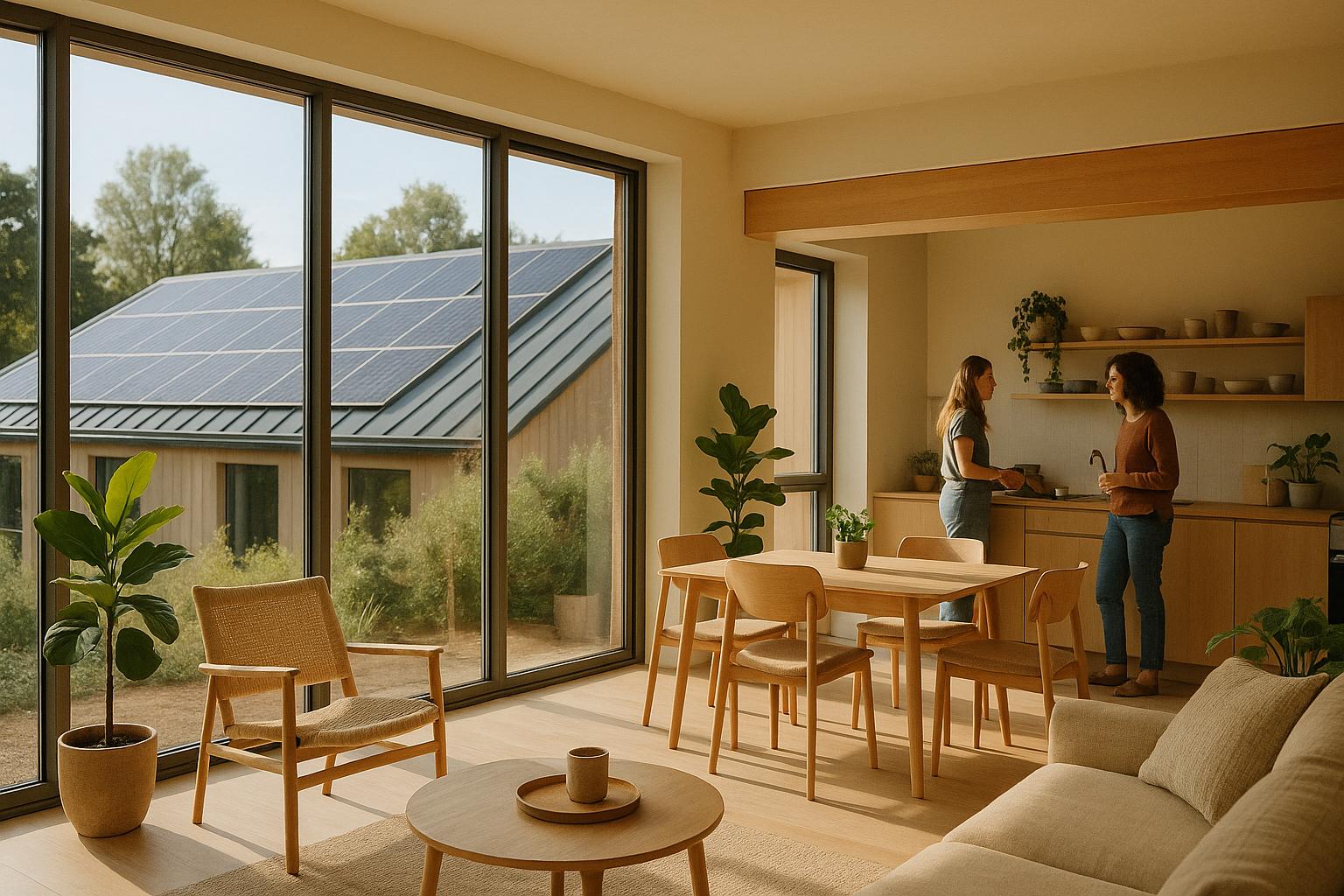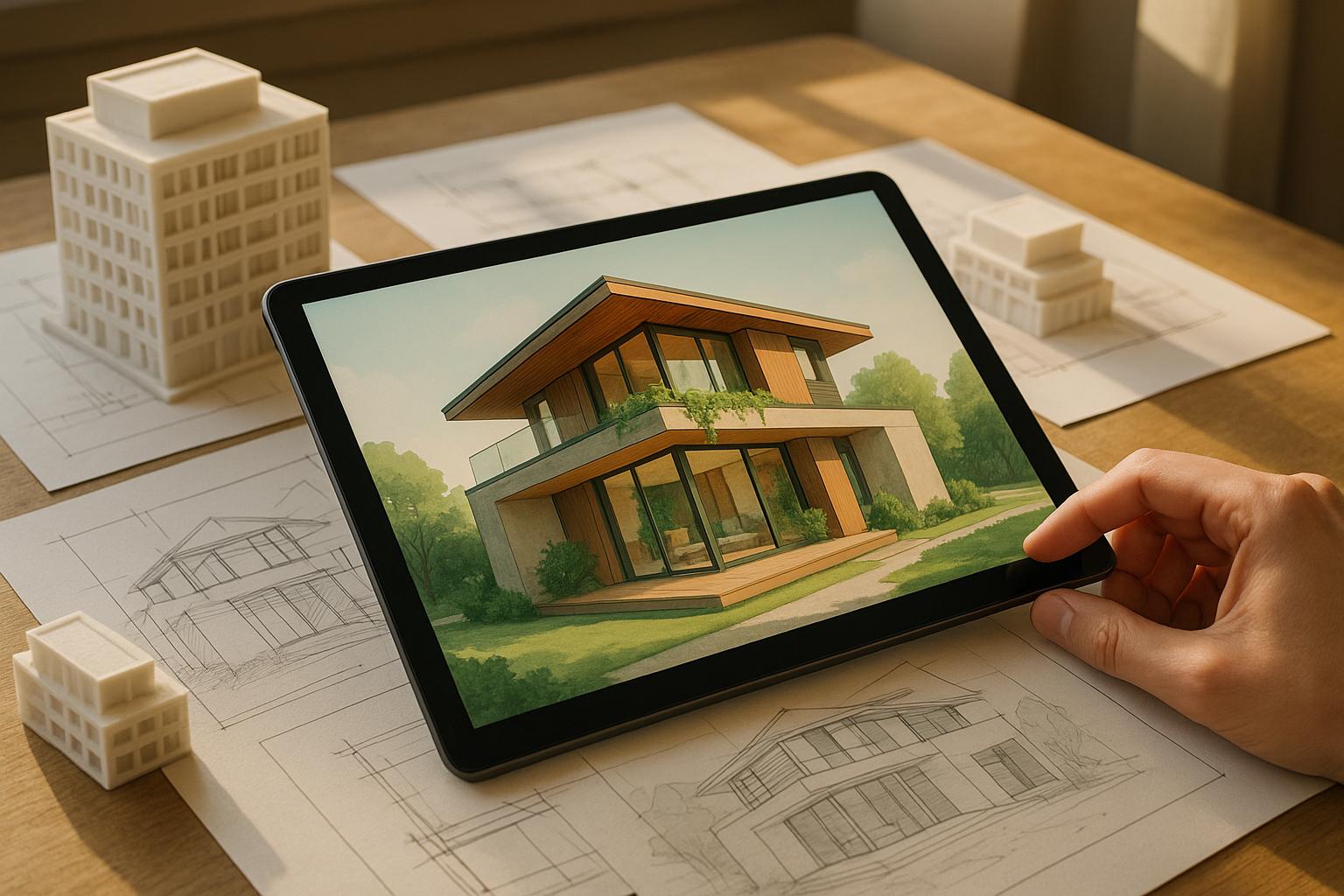The urban landscape is transforming, with the conversion of office buildings into coliving spaces becoming an increasingly popular trend. The changing work dynamics drive this movement, as does the growing demand for flexible housing solutions and the desire for more sustainable and community-focused urban development. As cities evolve, repurposing underutilized office spaces into vibrant coliving communities represents a forward-thinking approach to addressing housing affordability, enhancing social connectivity, and promoting environmental sustainability.
The Strategic Advantage of Office Buildings for Coliving Conversion
Office buildings offer a unique set of advantages for conversion into coliving spaces. Their central locations, often in the heart of cities, provide unparalleled access to amenities, public transportation, and employment opportunities. The structural features of office buildings, including large floor plates and high ceilings, allow for creative design solutions that can accommodate a variety of living spaces and communal areas. Additionally, the abundance of underutilized or vacant office spaces in many urban centers presents an opportunity to repurpose these structures to meet the growing demand for flexible, urban living arrangements.
The Transformation Process: Creating Community-Centric Living Spaces
Converting an office building into a coliving space involves a comprehensive redesign and renovation process. This transformation focuses on creating a mix of private living units and expansive communal areas that foster interaction and community building. Architects and designers must reimagine these spaces to support a blend of privacy, comfort, and shared living. Key elements often include the introduction of shared kitchens, lounges, coworking spaces, and recreational facilities, all designed to encourage a sense of community among residents.
Meeting the Needs of Modern Urban Residents
Modern urban residents' changing preferences and priorities largely drive the shift towards coliving in former office buildings. Young professionals, digital nomads, and remote workers increasingly seek housing options that offer flexibility, convenience, and a built-in social network. Coliving spaces cater to these needs by providing fully furnished units, flexible lease terms, and a range of on-site amenities and services. Moreover, the emphasis on community and shared experiences resonates with those looking to connect with others and build meaningful relationships in an often impersonal urban environment.
Contributing to Sustainable Urban Development
The conversion of office buildings into coliving spaces aligns with broader goals of sustainable urban development. Repurposing existing structures reduces the demand for new construction and minimizes the environmental impact associated with building development. Coliving spaces also promote a more sustainable lifestyle through shared resources and communal living, which can lead to reduced energy consumption, decreased waste, and a smaller carbon footprint. Furthermore, revitalizing vacant or underused office buildings can breathe new life into urban areas, contributing to city centers' vibrancy and economic health.
Navigating Challenges and Seizing Opportunities
The journey from office building to coliving space is not without its challenges. Zoning regulations, building codes, and the need for significant structural modifications can pose obstacles to conversion projects. However, these challenges also present opportunities for innovation and collaboration. Developers, architects, and city planners must work together to navigate regulatory hurdles and create coliving spaces that are not only compliant but also conducive to the well-being and happiness of their residents.
Looking Forward: The Evolution of Coliving Spaces
As we look to the future, the conversion of office buildings into coliving spaces is set to play a pivotal role in the evolution of urban living. This trend reflects a broader shift towards more flexible, communal, and sustainable living arrangements that cater to the needs of a diverse urban population. By embracing the potential of underutilized office spaces, cities can address housing affordability issues, foster stronger communities, and move towards a more sustainable and inclusive urban future.
Enhancing Digital Connectivity and Smart Living
In an era where technology plays a central role in our daily lives, converting office buildings into coliving spaces offers an opportunity to enhance digital connectivity and integrate smart living solutions. Traditionally equipped with advanced telecommunications infrastructure, office buildings can be easily upgraded to provide residents with high-speed internet, smart security systems, and IoT-enabled devices. This caters to the needs of remote workers and digital nomads and enhances the overall living experience by offering convenience, security, and efficiency. By leveraging technology, coliving spaces can foster a connected community where residents can seamlessly interact, share resources, and manage their living environment.
Fostering Entrepreneurship and Innovation
Coliving spaces created from office buildings can become incubators for entrepreneurship and innovation. By incorporating coworking areas and collaborative workspaces within the coliving environment, these spaces encourage networking, idea exchange, and professional collaboration among residents. This setup particularly appeals to startups, freelancers, and creative professionals seeking a dynamic and supportive community. Events such as pitch nights, workshops, and mentorship sessions can further stimulate innovation and business development, making coliving spaces a catalyst for economic activity and professional growth.
Addressing Urban Isolation Through Community Engagement
One of the most significant benefits of converting office buildings into coliving spaces is the potential to address urban isolation and loneliness issues. By designing spaces that encourage interaction and foster a sense of belonging, coliving can remedy the growing concern of social isolation in cities. Community managers play a crucial role in curating events, activities, and initiatives that unite residents. These activities, from communal dinners and fitness classes to volunteer projects and cultural outings, help build strong, supportive networks among residents, enriching their urban living experience.
Promoting Health and Wellness
The health and wellness of residents can be significantly enhanced in coliving spaces through thoughtful design and programming. Converting office buildings offers the chance to incorporate wellness-focused features such as fitness centers, meditation rooms, and green spaces. Additionally, wellness programs tailored to residents' needs, such as yoga classes, health workshops, and outdoor activities, can be integrated into the coliving experience. Coliving spaces can contribute to a healthier, more balanced lifestyle by prioritizing residents' physical and mental well-being.
The Role of Public-Private Partnerships
The successful conversion of office buildings into coliving spaces often requires public and private sector collaboration. Public-private partnerships can be pivotal in overcoming regulatory barriers, securing financing, and ensuring that coliving developments contribute positively to urban planning goals. These partnerships can also facilitate the inclusion of affordable housing units within coliving projects, addressing critical housing shortages and promoting social equity. By working together, governments and developers can create coliving spaces that meet market demand and serve the broader interests of the community.
Embracing Adaptive Reuse for Historical Preservation
Many office buildings in urban centers have historical significance. Converting these structures into coliving spaces offers a unique opportunity for adaptive reuse, preserving the architectural heritage while meeting contemporary housing needs. This approach conserves the character and history of urban landscapes and provides residents with a unique living experience that blends the old with the new. Through careful design and respectful renovation, developers can create coliving spaces that honor the past while embracing the future of urban living.









